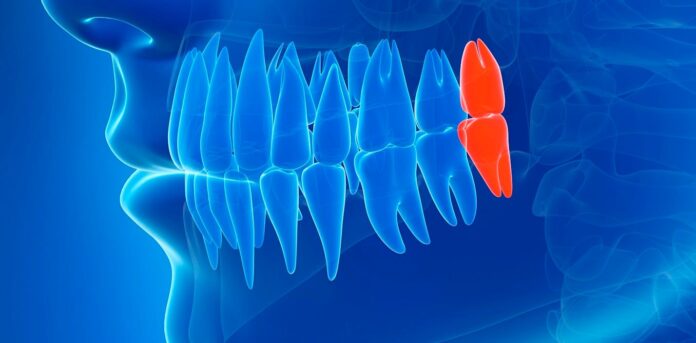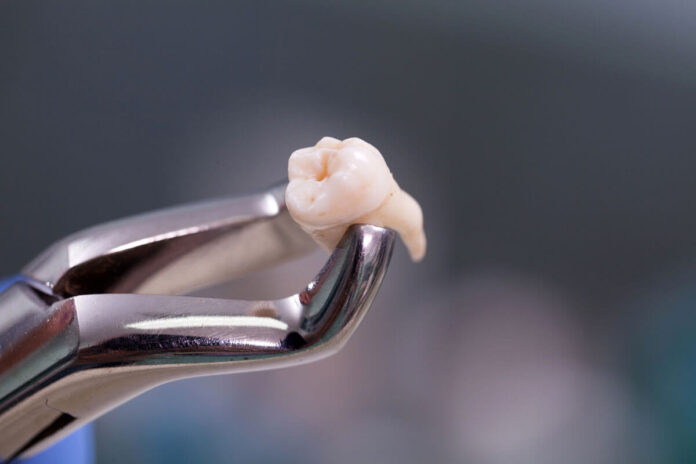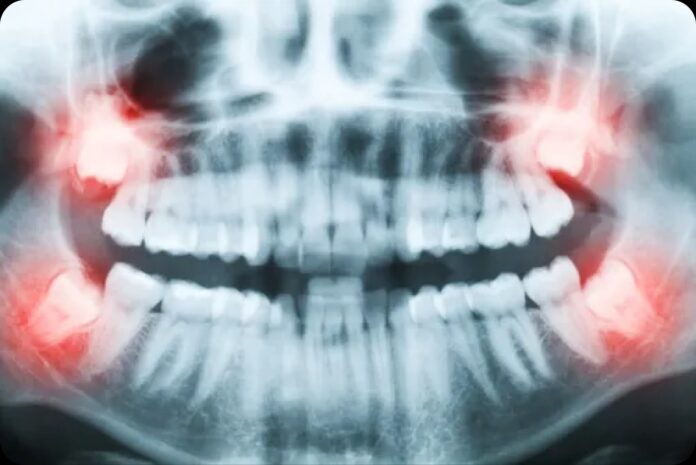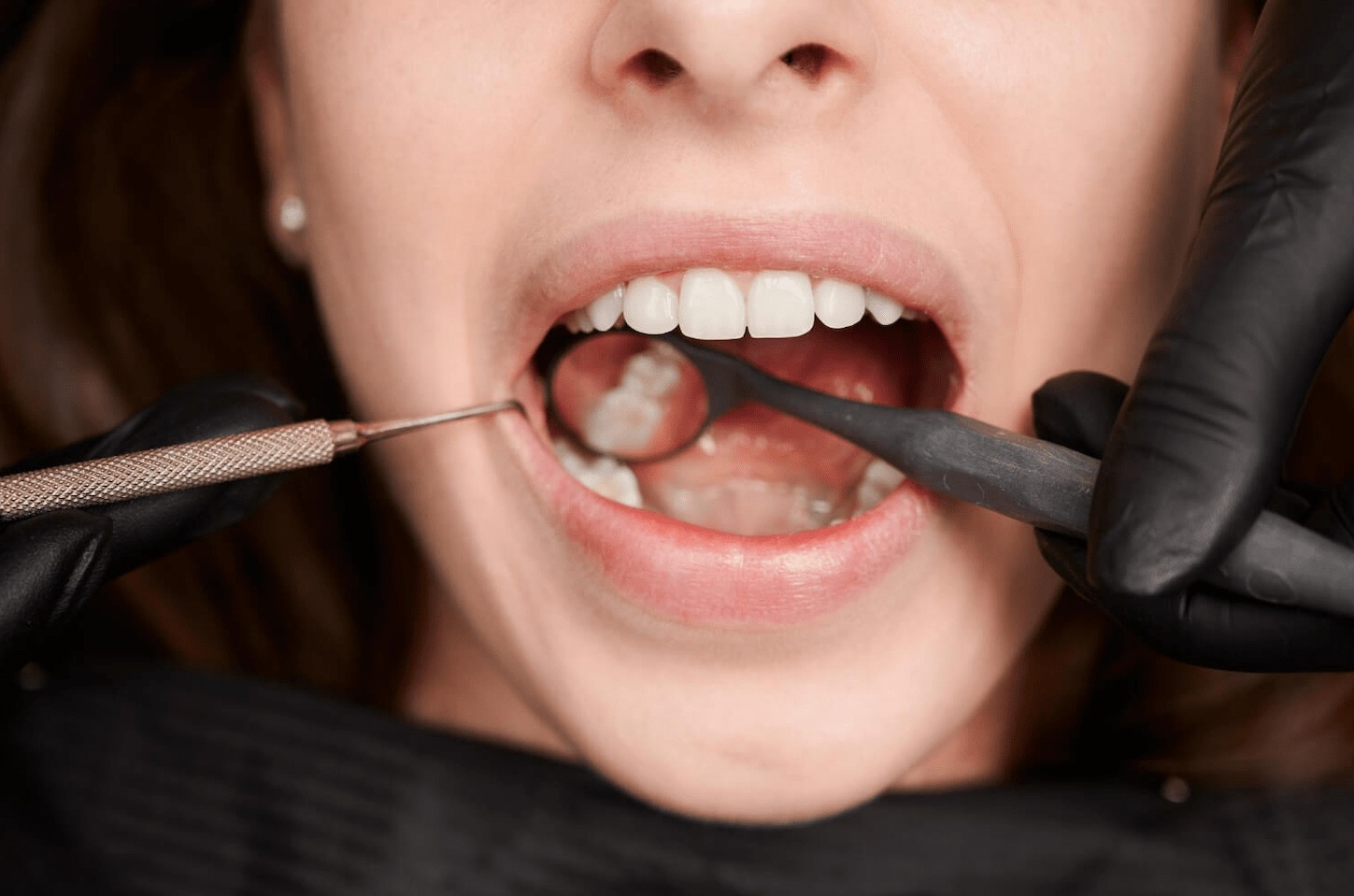Wisdom teeth, also known as third molars, typically make their appearance during late adolescence or early adulthood.
For many, they raise questions and concerns.
Figuring out if these teeth can erupt without causing trouble becomes important at various life stages.
Young adults, teens, and even those in their late twenties often wonder what to expect.
When Do Wisdom Teeth Typically Erupt?
Wisdom teeth begin forming surprisingly early, sometimes as young as age five.
These molars don’t appear overnight. Instead, they develop in silence beneath the gums, going through specific stages long before any eruption is visible.
Initial phases involve calcification of the tooth structure and shaping of the crown.
Most people experience eruption between ages 17 and 21, though some may notice signs a little earlier or later. Even after a tooth breaks through the gum, the root continues growing, often finishing around age 25.
Several stages define the development process, each requiring time and biological coordination.

- Calcification begins: Often between ages 5 and 9.
- Crown formation: The visible top part of the tooth takes shape in the early teenage years.
- Root elongation: Roots grow downward and anchor the tooth, continuing into the early twenties.
- Gum eruption: The tooth pierces the surface and becomes part of the dental arch, usually between ages 17 and 21.
Every phase unfolds quietly, making it easy to overlook potential issues.
Regular dental X-rays are valuable tools for tracking these changes, especially in teens and young adults. Visual inspection alone often falls short during these early stages.
Not everyone experiences the same timeline. Factors such as jaw size, oral hygiene habits, and hereditary influences play major roles.
For some, teeth emerge without disruption. Others may face delays or even impaction due to space limitations or misalignment.
Of course, you would need to consult with professionals when it comes to this issue. If you don’t know where to look for a professional, you can find on this site the answers you need.
Can Wisdom Teeth Come in Normally?
Normal eruption refers to third molars that emerge into their proper positions within the dental arch.
They become part of the chewing system, function just like other molars, and cause no disruption to the alignment of surrounding teeth.
In these ideal cases, discomfort is minimal or nonexistent, and dental health remains stable.
Conditions for such a smooth process include appropriate jaw spacing, correct tooth angulation, and healthy gum tissue.
Although many associate wisdom teeth with pain or extraction, not all cases lead to complications.
Some people retain their third molars throughout life without intervention. When monitored early, dental professionals can assess whether the conditions for eruption appear favorable.
In rare but real scenarios, no removal becomes necessary, and teeth perform their role effectively.
Several factors contribute to a successful and normal eruption.
- A larger jaw often has more space for third molars to grow without exerting pressure on adjacent teeth.
- Proper alignment reduces the chance of teeth becoming trapped beneath the gums or angling into neighboring roots.
- Consistent brushing and flossing lower the risk of infection or gum disease, both of which can hinder healthy eruption.
- Families with well-aligned teeth and spacious jaws may experience fewer complications.
In addition to those variables, the number of wisdom teeth present also plays a role. Not every individual develops four.

Some may have three, two, one, or none at all. Fewer third molars can reduce crowding and improve the odds of successful eruption.
- Reduced chance of impaction or misalignment
- Lower risk of developing cysts or infection
- Less crowding in the back of the jaw
- Greater likelihood of keeping all molars functional
With ongoing dental evaluations and proper care, many people manage their third molars without trouble.
A successful eruption doesn’t require extraordinary measures, only timely attention and regular hygiene practices.
What Triggers Wisdom Teeth Growth?
Hormonal changes during puberty and adolescence often act as a biological green light for wisdom teeth to begin their slow movement upward.
Silent for years, these molars begin advancing once internal signals instruct them to rise through the gum tissue.
A combination of bodily systems works together during this phase. Bone remodeling increases, jawbones lengthen or widen, and the entire facial structure adapts.
- Hormonal surges during puberty stimulate dental and skeletal growth.
- Growth hormone and sex hormones such as testosterone and estrogen influence bone thickness and density.
- Bone remodeling and mineral absorption allow previously impacted or dormant teeth to mobilize.
Genetics often predetermine how many wisdom teeth will develop, what direction they’ll grow in, and if eruption will be smooth or problematic.
Families with broad jaws, straight molars, and proper alignment tend to have fewer complications.
- Jaw width and length, which determines space availability
- Tooth angulation and root orientation
- Timing of growth spurts and bone maturity
Another critical factor involves changes in blood flow to the jaws during adolescence.
As the vascular supply to bones increases, so does the efficiency of calcium distribution and tissue regeneration.
This shift supports both tooth movement and bone adaptation.
- Improved oxygen and nutrient delivery to bone cells
- Increased calcium and phosphate deposition in dental tissues
- Elevated metabolic activity in the jawbone region
Signs That Wisdom Teeth Are Coming In

Wisdom teeth often announce their arrival with a set of physical clues that should not be ignored.
- Alignment
- Available space
- Hygiene
Noticing early indicators can make a significant difference in managing comfort and preventing future complications.
Mild gum irritation is usually the first signal. The tissue around the back molars may feel tender or slightly inflamed.
As the teeth begin to push through, swelling becomes more apparent, often concentrated at the rear ends of the gums.
Discomfort usually appears as a dull ache but can intensify into sharper pain, especially when the eruption path is misaligned.
Increased pressure in the jaw is another frequent complaint.
- Jaw stiffness, especially upon waking or after long periods of inactivity
- Difficulty chewing, particularly when biting down near the back molars
- Throbbing or radiating pain that can move toward the ear or down the neck
Changes in gum color and texture may also indicate movement. The tissue might darken or take on a red hue where eruption is occurring.
Sometimes, white specks, often the tips of the new teeth, start to break through the surface.
When these become visible, the tooth is already on its way in.
Keep an eye on these visible and sensory signs:
- Red or inflamed gum tissue in the rear corners of the mouth
- Slight bleeding or sensitivity during brushing or flossing
- Emergence of hard, white bumps, typically just behind the second molars
Not all pain means trouble. In a smooth eruption, symptoms often subside as the teeth fully emerge.
The discomfort may last a few days or recur sporadically, especially during periods of accelerated growth.
The Bottom Line
Wisdom teeth often spark questions, especially during late teens and early adulthood. While some erupt without issue, others require monitoring or removal.
Age, genetics, jaw size, and hygiene all influence the outcome.
Not all cases end in surgery, and many people live comfortably with their third molars intact. Consulting a dentist remains the best step for peace of mind.
Wisdom teeth may mark a phase in development, but they don’t always demand intervention.







